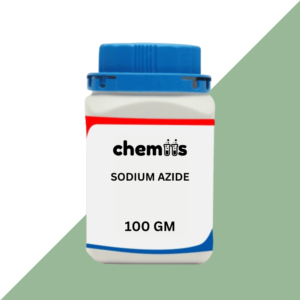Overview: Maleic anhydride (C₄H₂O₃) is a versatile and reactive organic compound widely used in the chemical industry. It is a key intermediate in the production of resins, lubricants, agricultural chemicals, and plastics. Maleic anhydride is commonly produced through the oxidation of benzene or butane and plays a vital role in synthesizing a variety of industrial and consumer products.
Applications:
- Manufacture of Unsaturated Polyester Resins: One of the primary uses of maleic anhydride is in the production of unsaturated polyester resins, which are essential in the production of fiberglass-reinforced plastics. These resins are used in the automotive, marine, and construction industries.
- Production of Fumaric Acid: Maleic anhydride is a precursor in the production of fumaric acid, which is used in the food industry as an acidulant, as well as in pharmaceutical formulations and the manufacture of biodegradable plastics.
- Agricultural Chemicals: Maleic anhydride is used in the synthesis of pesticides, herbicides, and fungicides. It is incorporated into agricultural chemicals to enhance their performance and effectiveness in protecting crops from pests and diseases.
- Lubricants and Additives: It is used in the formulation of lubricant additives, improving the performance of oils and greases, especially in automotive and industrial applications, by enhancing their anti-wear properties and oxidation stability.
- Plasticizers: Maleic anhydride is utilized in the production of plasticizers for the modification of plastics, improving their flexibility, durability, and performance in various applications, from packaging to automotive components.
- Polymerization: Maleic anhydride is used in copolymerization reactions, especially in the production of maleic anhydride-styrene copolymers, which are used in paints, coatings, adhesives, and sealants.
- Chemical Intermediates: Maleic anhydride is a key chemical intermediate used in the production of various derivatives, including esters and amides, which find applications in surfactants, detergents, and textile finishing.
- Pharmaceuticals: Maleic anhydride is also used in the pharmaceutical industry for the production of certain drugs and as an excipient in pharmaceutical formulations.
Safety Guidelines:
- Handling: Always handle maleic anhydride with care. Use appropriate personal protective equipment (PPE), such as gloves, goggles, and protective clothing, especially when handling the substance in powder or molten form.
- Storage: Store maleic anhydride in a cool, dry place, away from sources of moisture and incompatible materials like strong bases and reducing agents. Ensure containers are tightly sealed to prevent moisture absorption.
- Inhalation Risk: Inhalation of maleic anhydride vapors or dust can cause respiratory irritation. Ensure adequate ventilation in work areas. If exposure occurs, move the person to fresh air immediately and seek medical attention.
- Skin Contact: Avoid prolonged contact with maleic anhydride, as it can cause severe irritation or burns. In case of skin contact, wash the affected area thoroughly with water and seek medical advice if necessary.
- Eye Contact: Maleic anhydride can cause severe irritation to the eyes. In case of eye contact, flush with plenty of water for at least 15 minutes. Seek medical attention immediately.
- Ingestion: If ingested, do not induce vomiting. Immediately seek medical attention or contact a poison control center.
- Fire Safety: Maleic anhydride is a combustible material. In the event of a fire, use appropriate extinguishing agents such as dry chemical powder, foam, or carbon dioxide. Avoid using water, as it can cause violent reactions with maleic anhydride.








Uday Thakur (verified owner) –
Easy to communicate with.
Nisha Jain (verified owner) –
Reliable supplier.
Kavita Nair (verified owner) –
Item delivered safely.
Mohit Bansal (verified owner) –
Neatly delivered.
Alka Dey (verified owner) –
Quality exceeded expectations.
Atul Chauhan (verified owner) –
Easy to reorder.
Chirag Vora (verified owner) –
Product quality is top-notch.
Shruti Bhandari (verified owner) –
Just as expected.
Ankur Tyagi (verified owner) –
Website is easy to navigate.
Lavanya Jain (verified owner) –
Perfect for my needs.